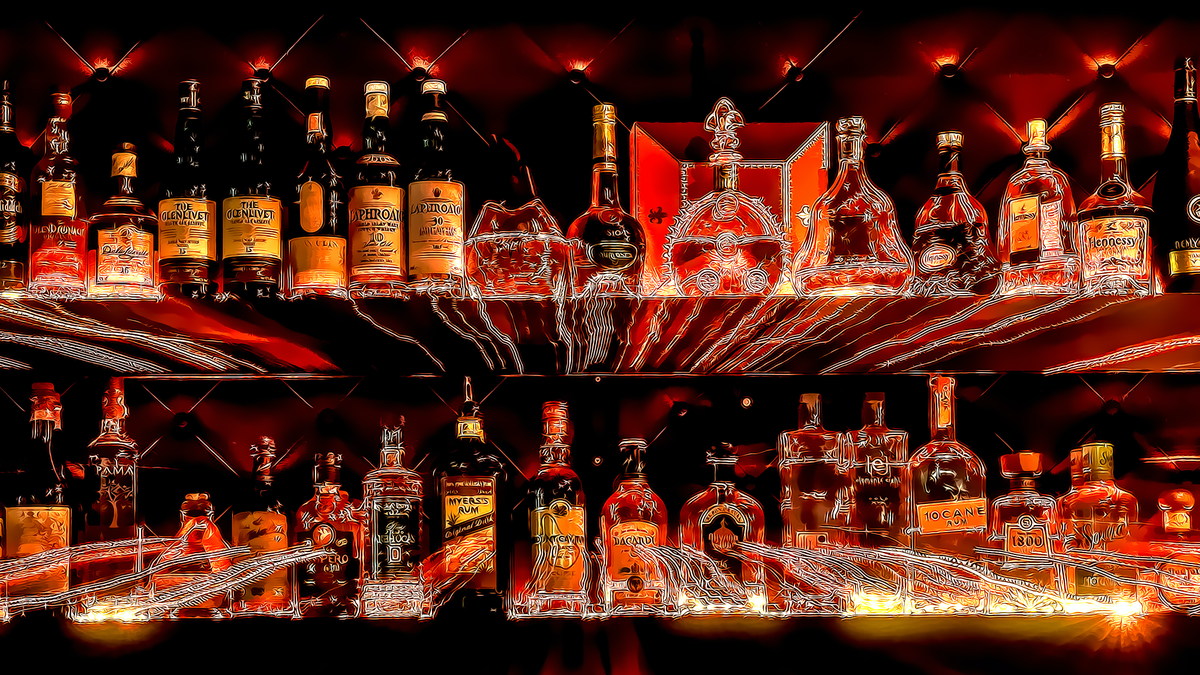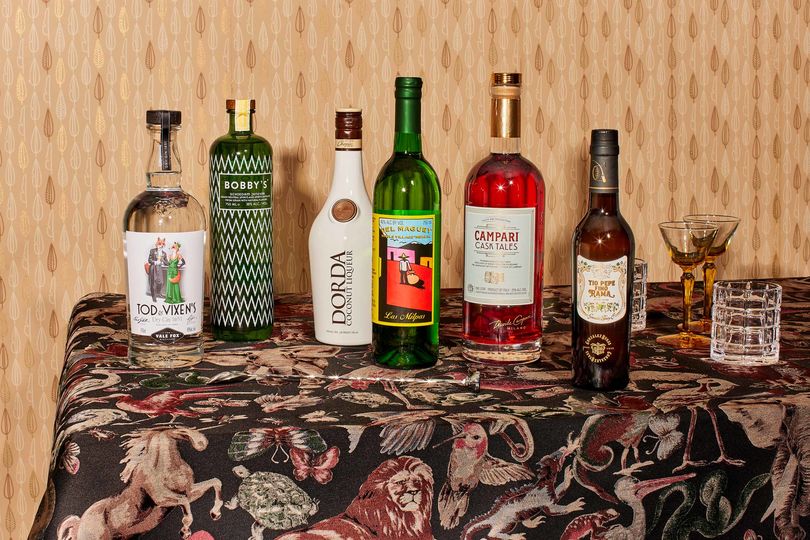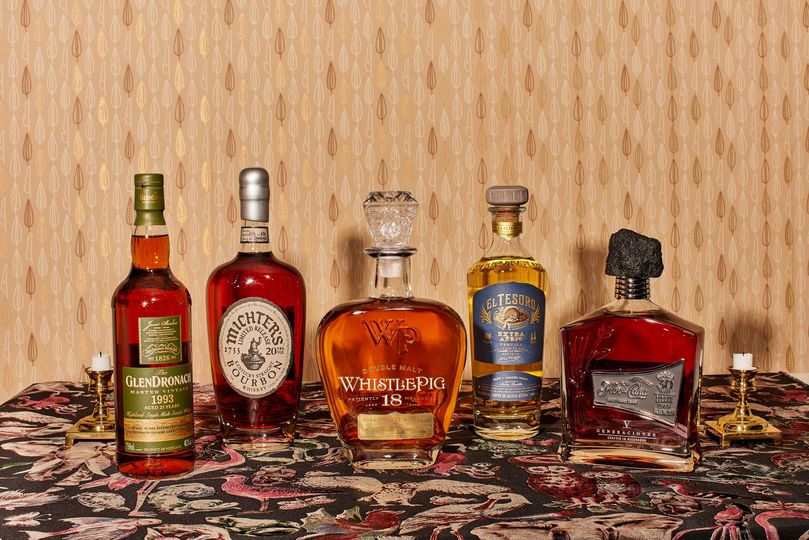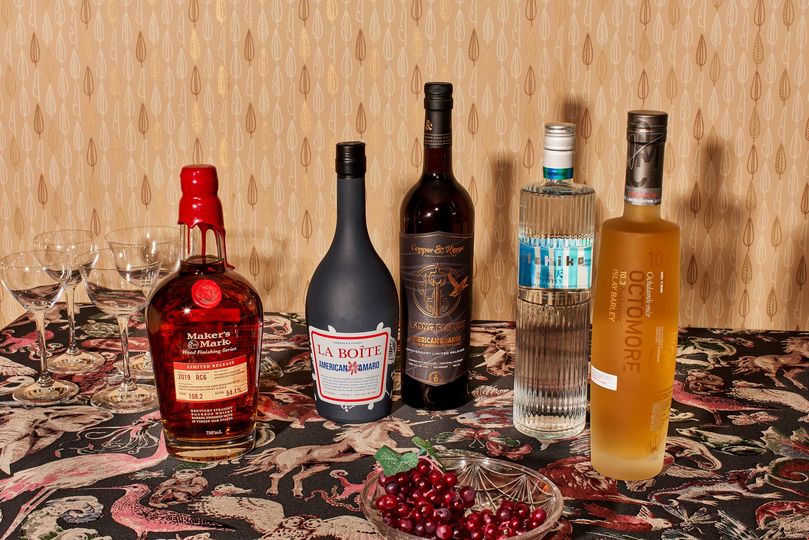The best new spirits we sipped in 2019
It was been a big year in spirits, with plenty to enthuse about.

It is an era of abundance for the liquor lover. And this year, in particular, exemplifies that excess.
Whether you prefer your spirits neat, on the rocks, or in cocktail form; brown, burgundy, or clear; costing less than a decent hamburger or more than the latest iPhone, 2019 brought with it plenty of products to suit your home bar.
While whiskies and cognacs continue to crowd the top shelf, underdog categories such as genever, brandy, and shochu are slowly percolating into the premium space. I tasted exactly 317 spirits this year across a dozen categories. And I’ve spent the past 30 days poring over notes to cull the cream from the crop. Here are the ones that are truly worth it.
Editor’s note: the spirits listed are available in the US and may not be readily available in Australia – ask your bartender if they stock these varieties, or look out for them on your next trip to the US.
New cocktail standards
From an assertive base to stylish modifier, these are liquids that will help you build a bold, complex cocktail.

Vale Fox Tod & Vixen’s dry gin 1651: Harnessing a recipe developed by a trio of world-renowned bartenders (Leo Robitschek, Jeffrey Morgenthaler, and the late Gary Regan), the debut label out of Vale Fox is purpose-built for mixing in cocktails. In addition to the standard botanicals – juniper, coriander, angelica – the upstate New York distillery macerates makrut lime and rooibos red tea into a wheat distillate. The result is a soft spirit with a soothing, citrus aroma and a punchy Far East spiciness that sets it apart from your standard drys.
Bobby’s Schiedam jenever: Genever, commonly regarded as the Dutch precursor to gin (and spelled with a “j” there), is actually a complex category that more accurately straddles the divide between gin and whisky – with the botanical familiarity of the former and the rich and rounded mouthfeel of the latter. And in 2019 it finally gained a global foothold, with offerings such as Bobby’s as a big reason why. Here a velvety malt base is studded with juniper, lemongrass, and cardamom. Mix it equally with vermouth and Campari, and you have a drink that splits the difference between a Negroni and a Manhattan.
Dorda coconut liqueur: Don’t judge a booze by its bottle (or the Malibu memories of your youth). This decadent liqueur doesn’t look lavish from its exterior, but inside is a core of Chopin rye vodka layered with natural coconut flakes and cream. A boozy milkshake pours golden white into the glass, radiating pleasing pineapple notes atop ice cubes. Nothing else is needed to make it shine. But if you want to enliven your after-dinner coffee with tropical flourishes, look no further.
Campari Cask Tales: The classic Italian aperitif has joined the cask-ageing trend with this bourbon-barrel-finished variation, rested six months on average. Colour and aroma remain indistinguishable from the original, but once it hits your palate - woah! A compelling oak-addled finish comes out of nowhere and startles your senses with robust vanilla tonalities. Sub it in for the standard Campari in your next Boulevardier, and you’ll enjoy the darkened complexities familiar to a cask-aged cocktail.
Del Maguey Las Milpas mezcal: Del Maguey’s latest Single Village release hails from the hilltop town of San Dionisio Ocotopec, high above the hustle and bustle of central Oaxaca. Eight- to 10-year-old espadín agave is fermented in the open air and distilled twice in small copper stills. Into the bottle lands a liquid with a funky herbal edge and intense minerality that skews more metallic than in other mezcals I’ve enjoyed this year. Reeling it back in is the distant call of citrus fruit and lavender – kindling to fire up an irresistible mezcal old fashioned.
2019 Tio Pepe En Rama sherry: This sensational example of unfiltered fino sherry (yes, a wine on a spirits list), is dry, slightly salty, and supernaturally endearing to a mixology crowd recently obsessed with the category. Bright acidity and a touch of yeastiness mean it’ll sparkle as an adulterant in any number of classic arrangements. But you might opt to sip it neat during aperitif hour to enhance flavours in the dinner to follow.
Matured masterpieces
Slumbering gently in the wood for years, these lush liquids emerge ripe with compelling nuance. Deep burgundy hues, silkened mouthfeels, and stubbornly persistent finishes – all evidence of a lengthy interaction with the cask.

Michter’s 20 Year Kentucky straight bourbon: This limited-run barrel-proof release clocks in at a hefty 57.1% ABV, yet it drinks smoother than many bourbon cocktails. That drinkability is delivered through a prism of burnt sugar, stone fruit, and roasted nuts, elegantly structured to sustain through each sip. Please, only sip this one neat.
GlenDronach Master Vintage 1993 whisky: Drinkers who dismiss the idea of vintages in spirits would be well-advised to consider any liquid laid down by GlenDronach in 1993. Some sort of cosmic alignment smiled upon the Highland distillery in that year, birthing bottles that are, without exception, exceptional. And they only seem to be getting better. This year’s sherry bomb spent a quarter-century in a combination of PX and Oloroso casks, emerging with rich waves of fruitcake and prune; a lingering finish reveals notes of leather and marzipan.
Flor de Caña V Generaciones rum: The most exclusive bottle ever produced by this acclaimed Nicaraguan distillery is also its most alluring, arriving in a handsome leather case and with a lava rock bottle stopper. Deep fruit notes pop on the palate – maraschino cherries, orange zest, stewed pineapple – priming your taste buds for a torrent of sugar and spice to follow. After 30 years in ex-bourbon barrels (an absurd amount of time in a tropical climate where even 10 years would be a hefty age statement), only enough liquid remained to fill 411 bottles.
El Tesoro Extra Añejo tequila: This elegant tequila strikes the ideal balance between agave and oak. While many producers opt to use newer (sometimes virgin) casks, overwhelming their oldest expressions with caramel and vanilla notes, El Tesoro master distiller Carlos Camarena is famous for his commitment to the purity of the plant. He utilizes ex-whisky casks that had already been used multiple times for other tequilas, yielding a more neutral impact on the liquid. After half a decade – extra añejos only require three years’ ageing – vegetal, earthy elements remain true, softened but never subdued by the aging process. Sip it neat.
WhistlePig Double Malt rye whiskey: Sourced from the storied Hiram Walker distillery in Windsor, Canada, and aged 18 years, this dramatic whiskey is some of the oldest rye around, with surprising floral and berry fruit components adjoining the more familiar spice of the category. The unexpected flourishes are courtesy of a non-conventional mash bill, featuring 15% malted rye along with 6% malted barley. The expression is yet another indicator of how far craft rye has moved into the luxury space and why WhistlePig leads the pack.
Instant classics
These labels might be new to you, but they figure to be staples of the backbar in no time at all.

Bruichladdich Octomore 10.3 whisky: This line of single malts from Islay positions itself as the world’s peatiest. And although the latest release boasts 114 PPM (phenol parts per million) – your average Laphroaig 10, by comparison, holds 45 PPM – its character is shockingly balanced. Yes, there is ample evidence of iodine and rubber in the nose. But subduing those strong notes are sweet and salty undertones of honey, pear, and fresh-baked pastry. Not at all a whisky for beginners, yet certainly one to savour by those seeking a better understanding of smoky Scotch.
Copper & Kings A Song for You brandy: American brandy is ready for its close-up. And Copper & Kings is hitting its mark, centre stage. The Louisville-based distillery uses a blend of eaux-de-vie up to 18 years in age to arrive at this complex sipper with hints of dried figs, blackberries, and cinnamon spice. It is poised to stand toe-to-toe against your favourite cognacs – and for a fraction of the price.
Iichiko Saiten shochu: Shochu is a traditional Japanese sipping spirit crafted at a low proof to complement food. With Saiten, Iichiko has upped the alcohol by volume to 43%, steering it toward the cocktail crowd. Distilled from barley, the liquid exudes savoury tones of green tea and root vegetable. A slight salinity in the finish anchors its relevance against sweeter modifiers in a mix. Use it as a stand-in for gin or vodka to up the umami appeal of your next martini.
La Boîte American amaro: Marketed as a food-friendly amaro, this 50-proof aperitif dials down the bitterness in favour of citrus and herbal accessibility. Layered within a red-grape base is a maceration of more than a dozen botanicals, sourced in a collaboration with the famed New York spice shop that gives the bottle its name. Star anise, orange rind, and green cardamom lead the charge in a spirit that sips best with soda on the rocks and sits sensationally well against a charcuterie board.
Maker’s Mark RC6 bourbon: In September the legendary Kentucky brand launched its first limited-edition release: a bourbon finished with oak staves that had been seasoned and toasted before being inserted into the barrel. Although the staves don’t sit with the already six-year-old liquid for longer than a few months, it’s enough time to impart characteristics of butterscotch, cinnamon, and candied fruit. In other words, an amplification of everything there is to love about traditional Maker’s – it’s like whiskey on performance-enhancing drugs.
This article is published under license from Bloomberg Media: the original article can be viewed here

Hi Guest, join in the discussion on The best new spirits we sipped in 2019